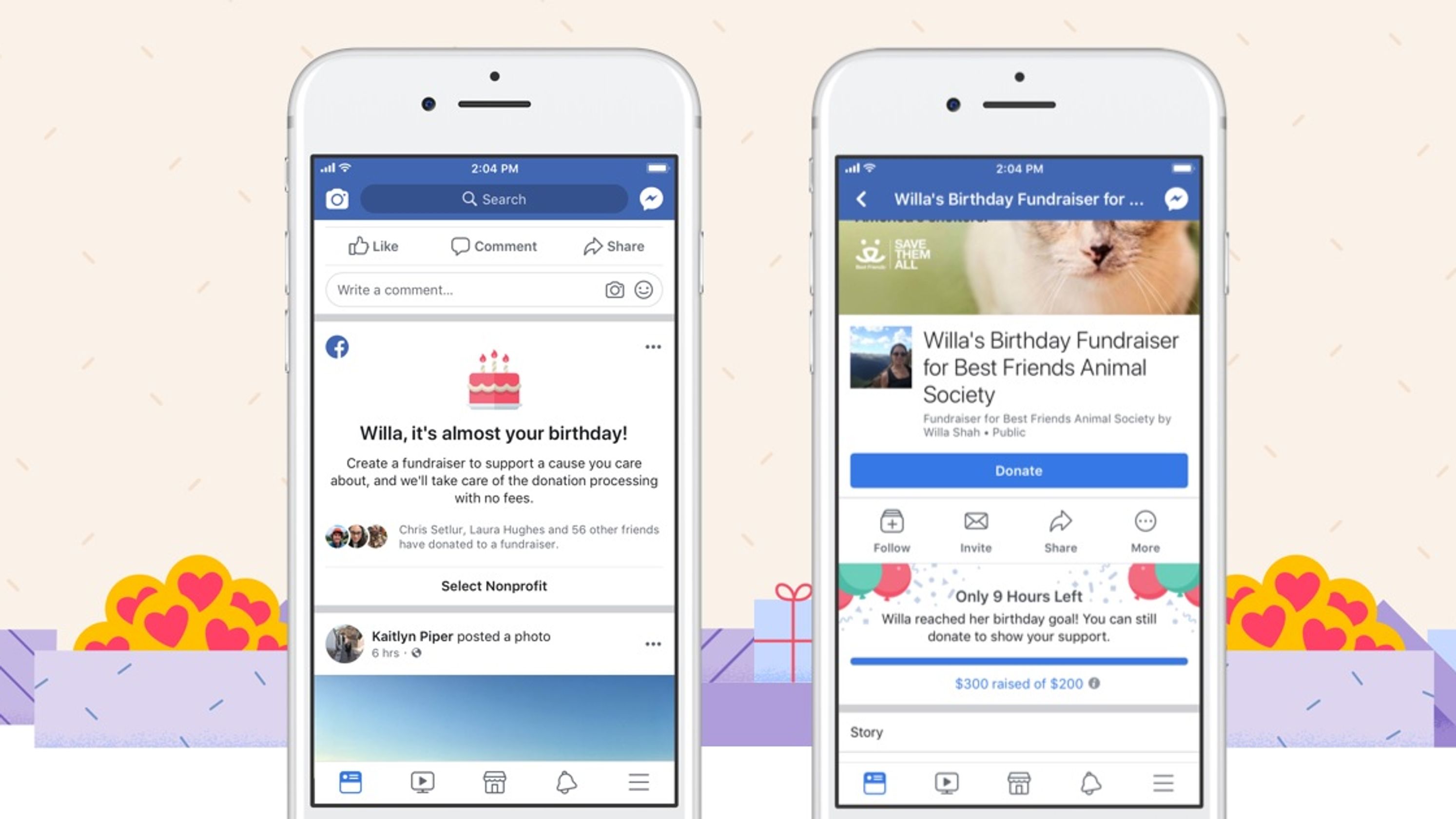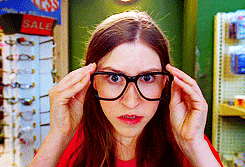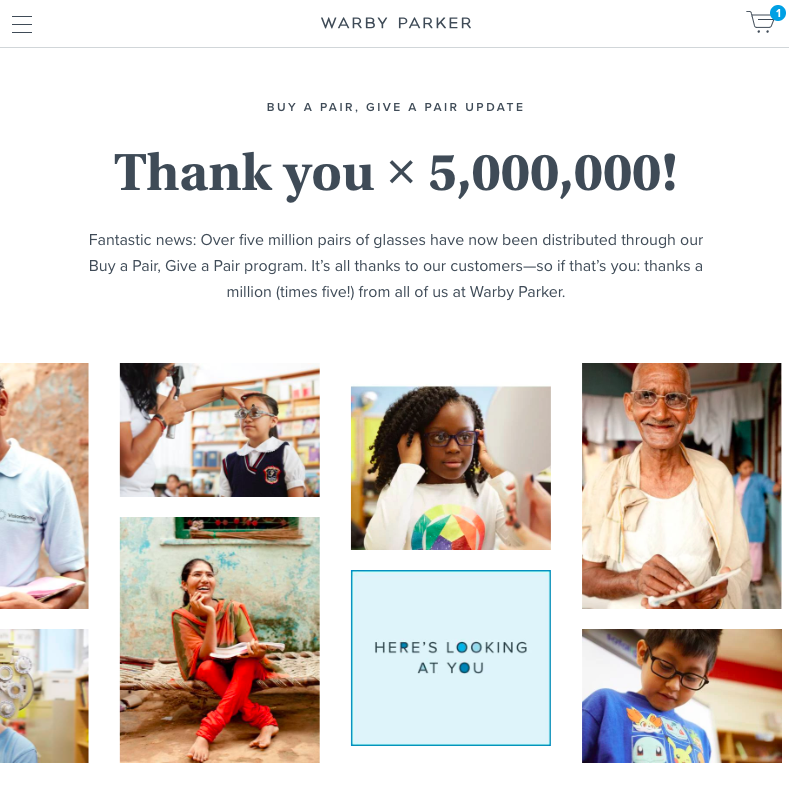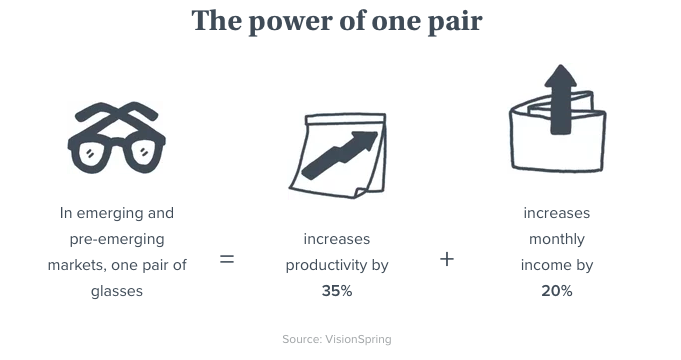The platform was called Orkut, which makes me want to screech out an “Okuuurrrrrrrrt” in true Cardi B fashion even though that’s completely wrong.
Orkut was named after its creator who was a Google employee in 2004. The platform worked similarly to other platforms where users found others to connect with by browsing through communities and interests on the platform. The platform earned most of its popularity with students and technology workers.
One key element that the platform had was the fact that friends could rate other users based on how sexy, cool, or trustworthy they found each other. This competition lead to people adding every and anyone to like and rate them. The higher the rating, the better the popularity and the better their ability to connect with those of higher status on the app.

If you haven’t seen Netflix’s series Black Mirror, Nosedive is an excellent episode to start with. In the world of this episode, different privileges are given to people in real life based upon their social media scores. This platform immediately made me think of this episode!
But really, can we just take a moment to look at this Orkut profile below. Does it scream early 2000’s or WHAT? Gotta love the duplicate vowels in the screen name and the light pink, “I’m a princess” theme. I’m having a HUGE flashback to the Myspace era looking at this example profile.
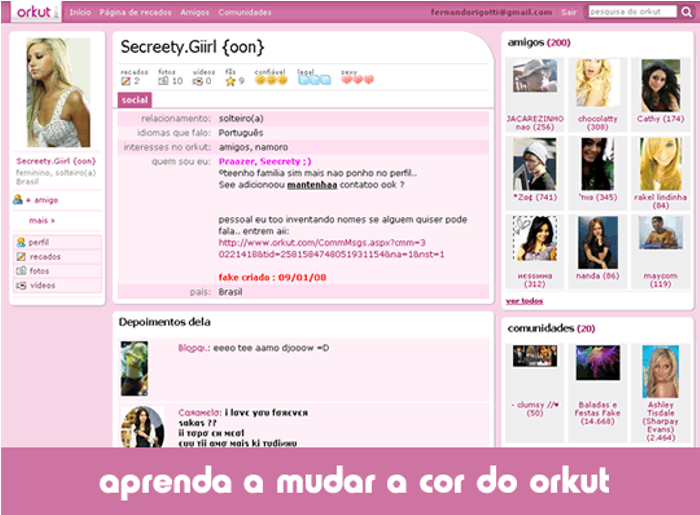
The platform had gained most of its popularity in Brazil due to the fact that Outdoor marketing is banned in the country, so companies depended on online marketing to get their customers in their doors and purchasing their items/services. However, every good thing comes to its end, and the platform stopped meeting the expectations of the users and they eventually drifted to other platforms that offered videos, social gaming, and blog posting.
“When Orkut stopped meeting the needs of the culture and audiences, they lost their consumers and were eventually replaced by other culturally appropriate cross-platform social media endeavors.”
Mahoney & Tang, 2017
References
Mahoney, M. L., & Tang, T. (2017). Strategic Social Media: From Marketing to Social Change.
Malden, MA: John Wiley & Sons, Inc
Orkut Hello Network (n.d.) Retrieved from http://www.orkut.com/index.html


